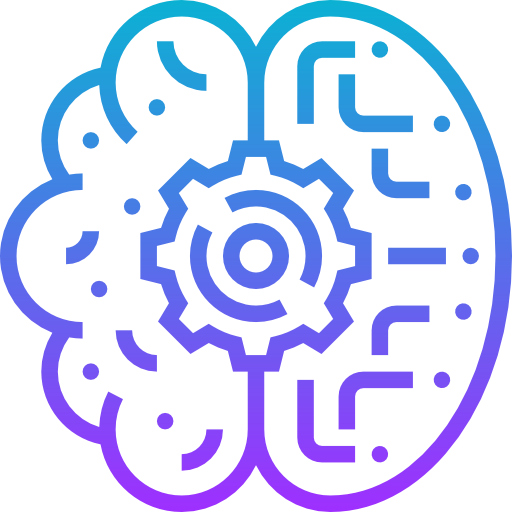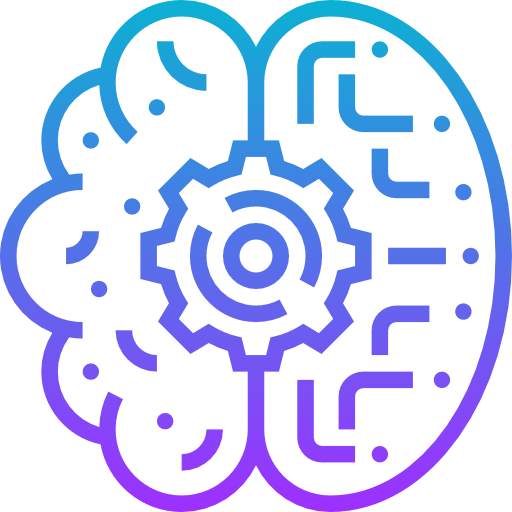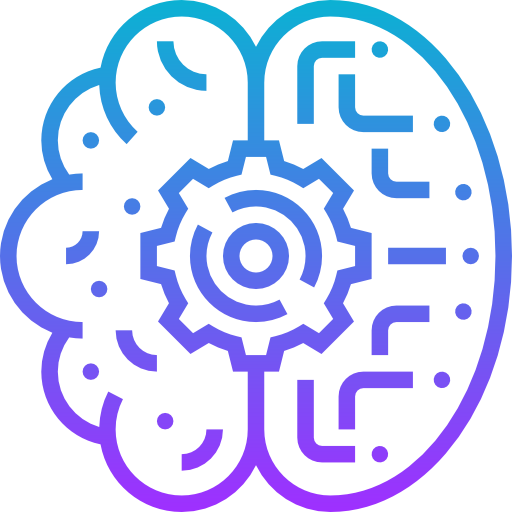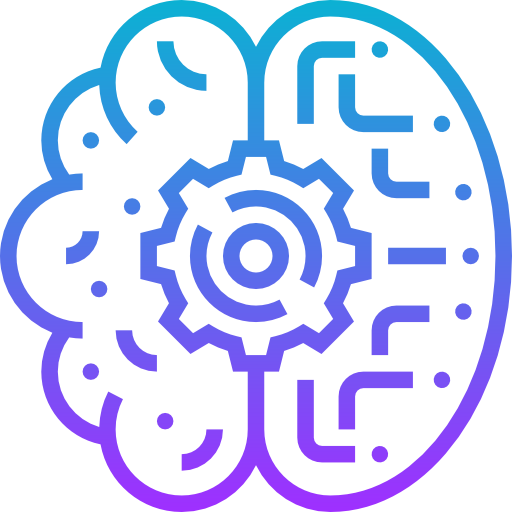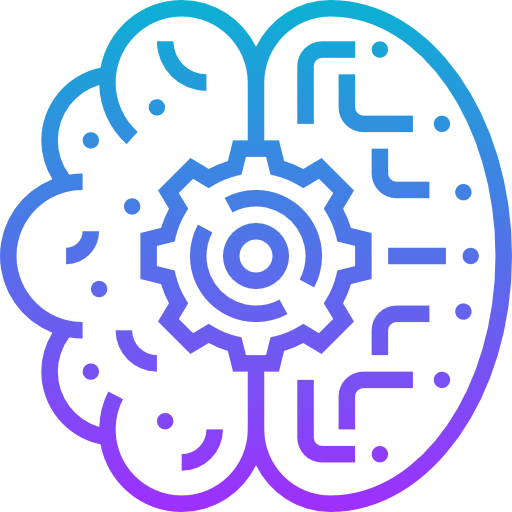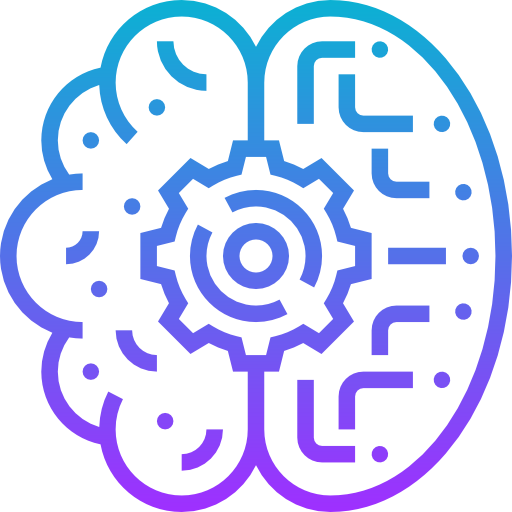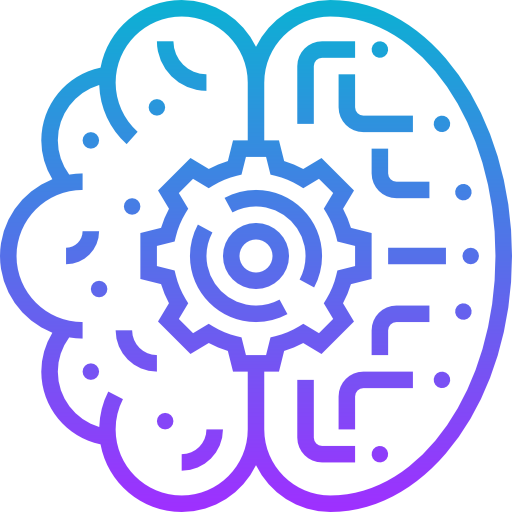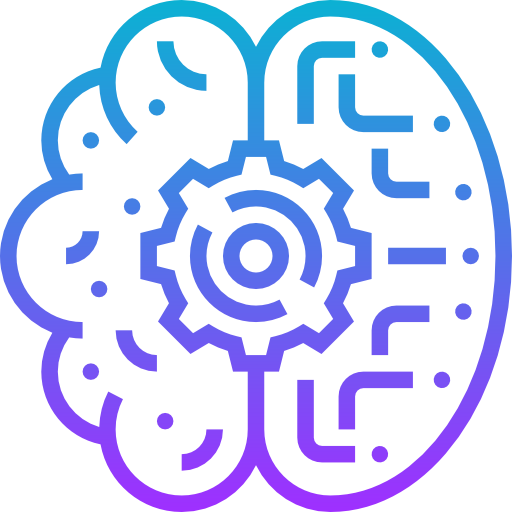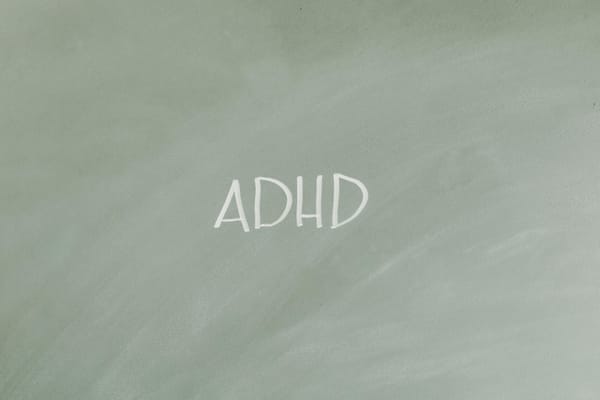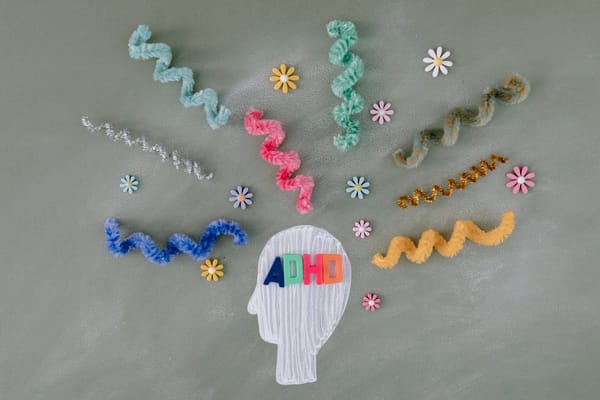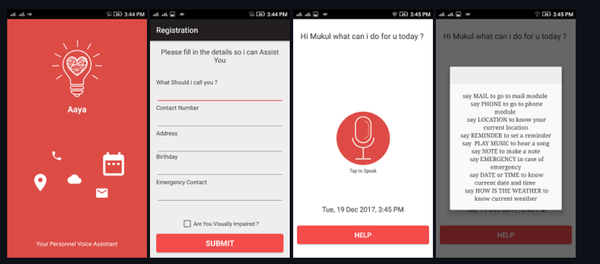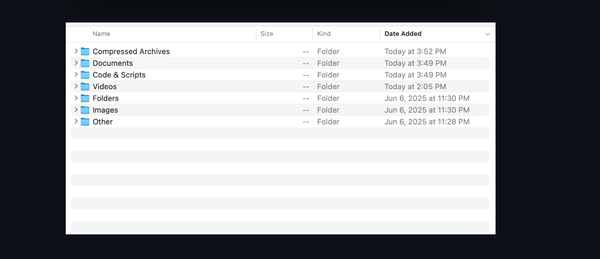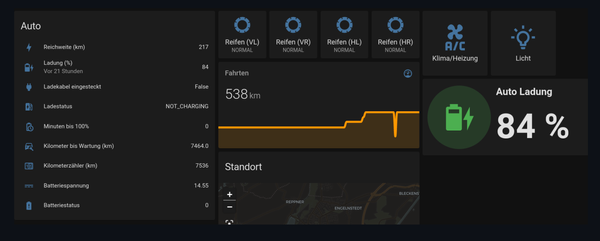Customizing Game Mechanics for ADHD: What Developers Need to Know
Table of Content
Making Games That Click with ADHD Players
I’m a doctor and a developer, which makes for an interesting mix when talking about ADHD in gaming. I also work closely with ADHD individuals, consulting on how tech and gaming can be better designed for them. During the last Global Game Jam, I had some amazing conversations with game designers and developers about ADHD—how it affects gameplay, what mechanics work best, and why traditional game design often misses the mark for ADHD players.
Spoiler: A lot of devs want to get this right, but the gaming industry still has a long way to go. So, let’s break it down.
Why ADHD-Friendly Game Design Matters
ADHD isn’t just about being "distracted." It’s a different way of processing the world—one that thrives on engagement, novelty, and challenge. The problem? Many games are unintentionally designed in ways that frustrate ADHD players rather than support them.
But the good news? With a few tweaks, we can create games that don’t just work for ADHD players but actually help them thrive.

Game Mechanics That Work for ADHD Players
Based on my conversations with designers and personal experience working with ADHD individuals, here are some key mechanics that can make a real difference:
🎯 Fast, Rewarding Feedback Loops
ADHD brains crave instant feedback. Long, drawn-out progression systems with delayed rewards? Not great. Instead, think of mechanics like:
- Quick XP boosts (think Call of Duty’s kill streaks)
- Mini-achievements (like in Celeste, where every small success matters)
- Instant visual/audio feedback for actions (snappy UI, satisfying sound cues)
🔄 Adaptive and Flexible Playstyles
Rigid mission structures can kill engagement. Games that let players switch objectives or adapt difficulty based on focus levels can be ADHD-friendly.
- Multiple ways to complete a goal (like in Breath of the Wild)
- Dynamic difficulty that adjusts if the player struggles or hyperfocuses
- Short, varied tasks instead of long, monotonous objectives
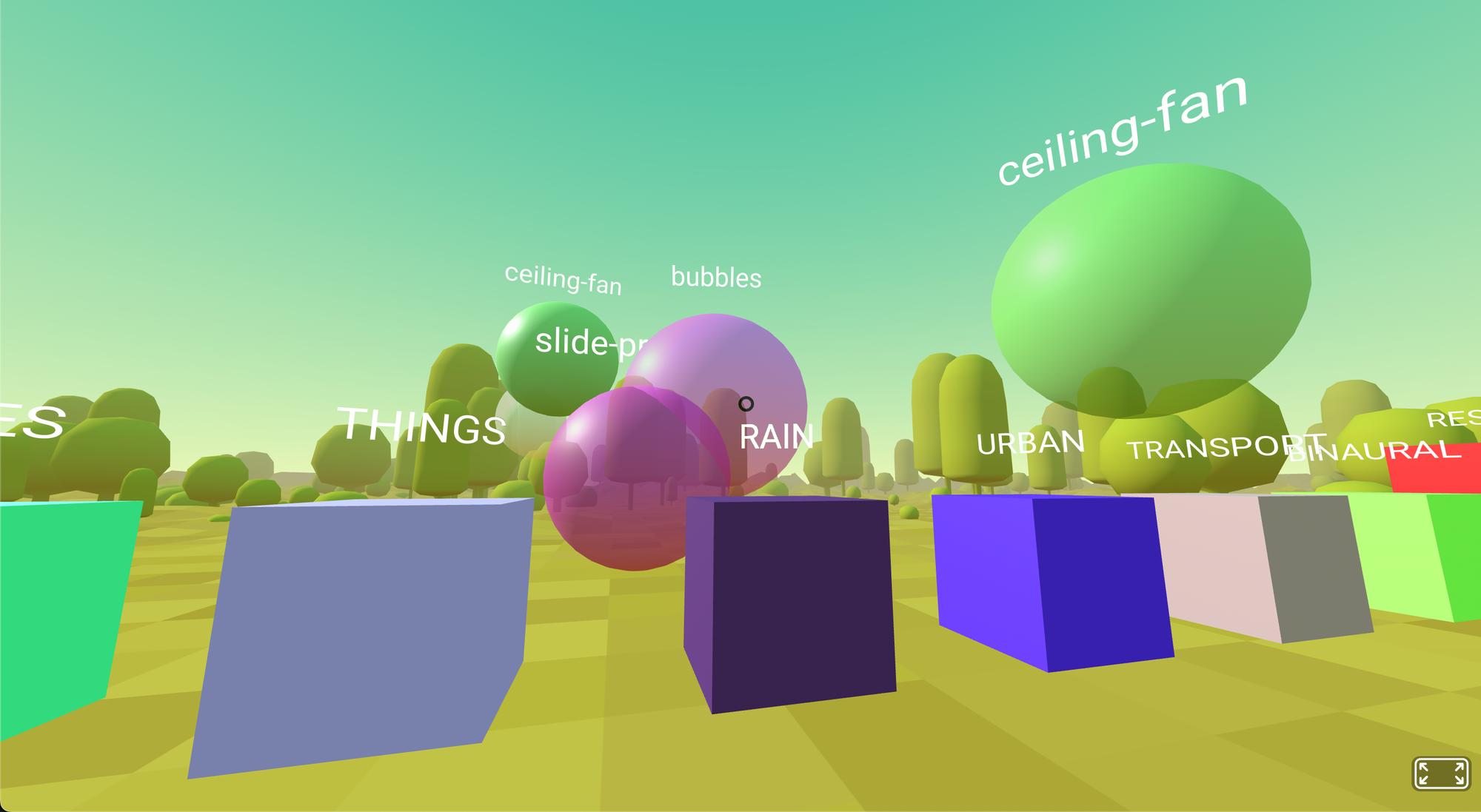
⏳ Time Perception Tweaks
ADHD players struggle with time perception, so mechanics that help keep track of time without breaking immersion are key.
- Visible but subtle timers (not anxiety-inducing countdowns)
- "Session reminders" for healthy breaks
- Auto-saving frequently to prevent frustration

⚡ Hyperfocus-Friendly Design
ADHD players can enter a "hyperfocus" state where they’re locked in for hours. While this can be great, it can also lead to burnout. Features that help balance engagement include:
- Pacing breaks (like Persona 5’s calendar system)
- In-game nudges to take a break without feeling like punishment
- Customizable UI elements so players can tweak distractions

What Devs Can Do Right Now
If you’re designing a game and want to make it more ADHD-friendly, here’s your quick action plan:
- Playtest with ADHD gamers. Their feedback will be game-changing. In our local GamDev community, i found out many developers/ designers tend to test their game with people with ADHDs which turned out to be a great idea.
- Give players control over UI, timers, and difficulty scaling. Flexibility is king. It is tricky, but can be done.
- Make rewards immediate and meaningful. Small wins keep engagement high, otherwise it will not be an engaging experience for anyone with ADHDs.
- Avoid punishing distractions. If someone steps away, let them re-enter seamlessly. Especially, music, big stimulants and flashy colors.
- Think about accessibility from the start. ADHD-friendly design helps everyone.
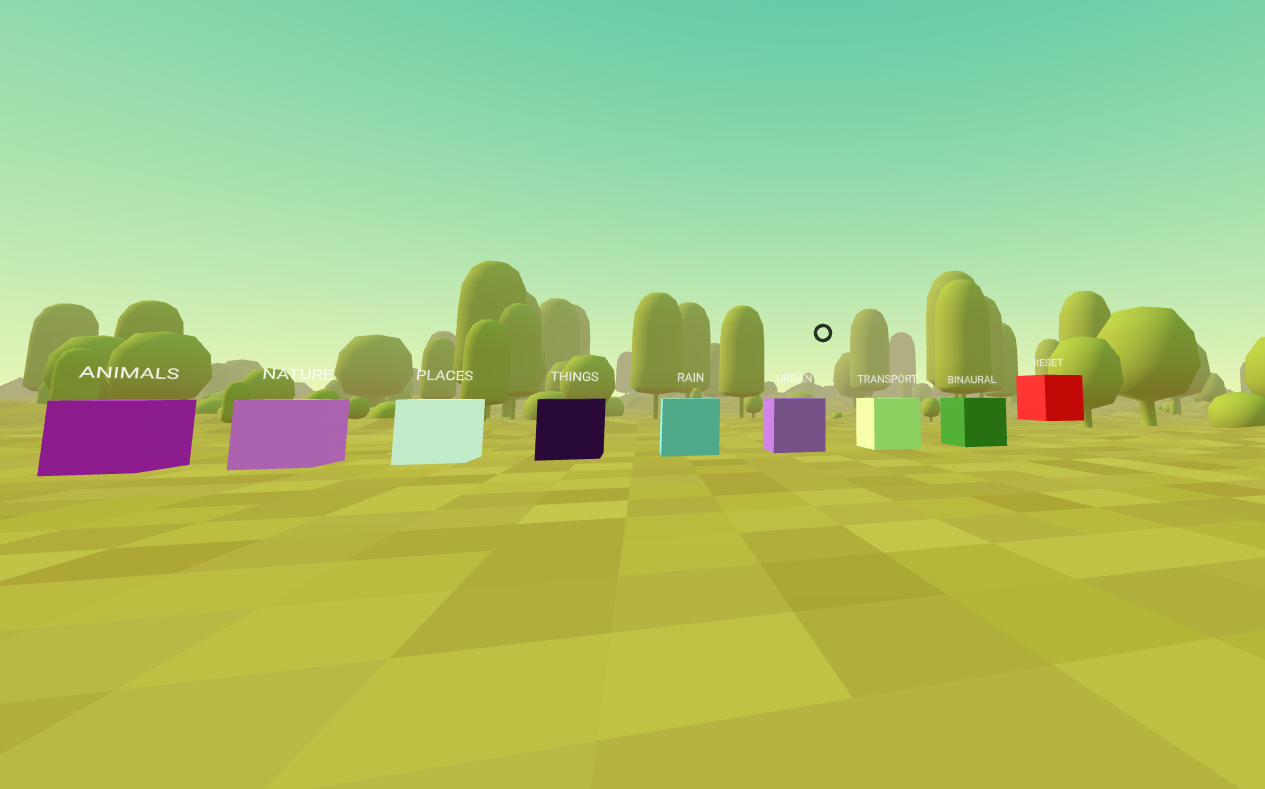
Final Thoughts: We’re Just Getting Started
ADHD-friendly design isn’t just a niche concern—it’s a game-changer for the entire industry. Many of the best practices for ADHD players improve engagement and accessibility for everyone.
After talking with developers at the Global Game Jam, I can tell you—there’s real interest in making this happen. But we need more awareness, more conversations, and more devs willing to experiment.
If you're working on a game and want to integrate ADHD-friendly mechanics, let’s talk. I’m always up for brainstorming ways to make gaming a better experience for everyone.
Let’s build games that don’t just work—but click—for ADHD players.





